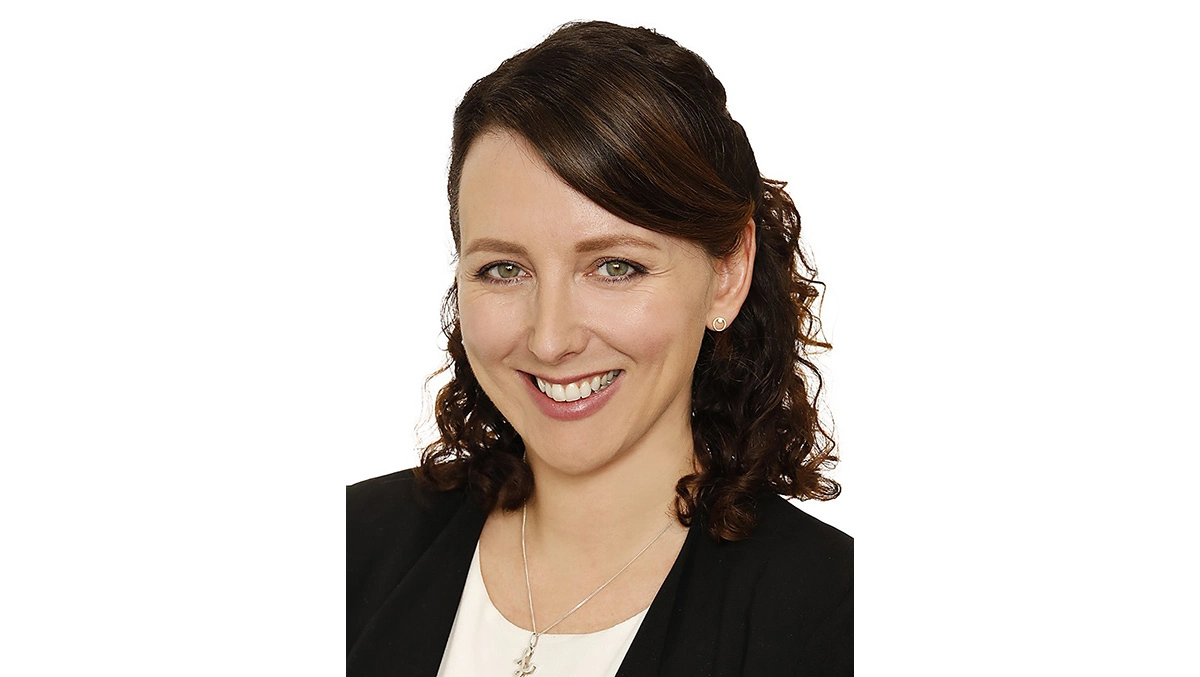
IWD 2024: Forging the path – The inspirational stories of women codebreakers
One evening, many years ago, I was visiting a member's club in London, one of those places full of creaking staircases, dimly lit hallways, and walls full of pictures and memorabilia. I was walking up one of these creaking staircases, and coming down the stairs toward me was an elderly couple led by a tiny white-haired woman. At approximately the halfway point, the woman stopped, blocking my path and brandishing her walking stick at me. "Stop right there, or I'll stick you", she said. Then she laughed and carried on her way down the stairs, winking at me as she passed. I later found out the woman had been parachuted into occupied France in her youth.
During both world wars, opportunities opened for women, including involvement in espionage and counter-espionage activities. When the British Security Service (MI5) was formed in 1909, women were initially taken on as secretaries, but as the male workforce was taken away to fight on the front line, women were given more operational roles. Women played essential roles as intelligence analysts, interpreting data and supporting decision-making.
Women were also key to cracking the enigma machine, a cypher device utilised by Nazi Germany during WW2, considered so secure it was used to encipher the most top-secret Nazi communications. Alan Turing, the mathematician and computer scientist, is widely known for leading the enigma code-breaking team at Bletchley Park, which enabled the Allies to win critical battles, including the Battle of the Atlantic, a turning point in the war. However, less is known about the women who were part of his team.
Joan Clarke was one such woman. Born in London in 1917, she attended Dulwich High School for Girls and won a scholarship in 1936 to attend Newham College, Cambridge. At Cambridge, Joan gained a double first in mathematics and was a "Wrangler" - a student who gained first-class honours in the Mathematical Tripos competition, a distinctive written examination taken by undergraduate students of Cambridge. However, she was denied a full degree because, at the time, Cambridge only awarded degrees to men.
Although Joan wasn't recognised with a degree, she had been spotted as a talented individual and in 1940 she was recruited into the Government Code and Cypher School. She began working alongside Alan Turing to decrypt the Nazi enigma machine, unafraid to showcase her intellectual abilities and defy society's stereotypes of her, despite knowing she would be marginalised from other women her age. She soon became the only female practitioner of Banburismus, a cryptanalytic process developed by Turing, to speed up their code-breaking efforts.
Limited by the pay bands available to women, Joan was promoted to the Linguist Grade, despite not speaking another language, so she could be recognised for her contributions. She later progressed in her career to become the deputy head of her unit but was prevented from progressing further within the department and was paid less than her male colleagues. Although it is known that Joan later worked for the Government Communications Headquarters (GCHQ), the full extent of her achievements remains unknown due to the secrecy surrounding the work she was involved in.
Reportedly, there were thousands of women working at Bletchley Park supporting the war effort, in secret and unrecognised for decades, if at all. Women like Jean Valentine, who operated the Bombe device, a machine initially dismantling Nazi cyphers, performing intensive intelligent work, described the women working in Hut 11, Bletchley Park, as - "five machines within the hut, ten girls and one petty officer that would be in charge of the telephone". How many of these women have been passed on the street (or passed on a staircase) in their senior years and not given a second thought?
Fortunately, the world has moved on, and women are being recognised to the value they can bring to STEM careers. Initiatives like the NCSC CyberFirst Girls Competition and organisations like GCHQ actively recruiting women coders to tackle cyber threats, funding 14-week "nano degrees" to encourage women who may have been put off coding to make a career change. GCHQ are also reportedly aiming to incorporate a higher proportion of women into counterterrorism teams, recognising the value of having diverse teams and how this can support more effective outcomes.
We still have a way to go, historically the cybersecurity industry lacks diversity, with women significantly underrepresented. Young women need to see themselves represented in the industry as they begin their careers, they need to see there is room for them to develop and there are women showing them it's possible to forge a path. Let's remember the path has already been forged, we just can't see the tracks, hidden by the history of time. These incredible inspirational women who worked to break the enigma code led the way; it's our job to follow them.